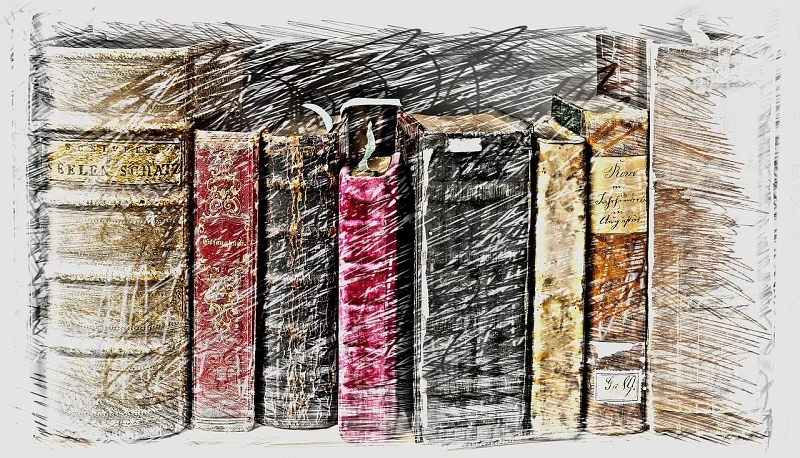Getting perfect bound books is an excellent way to protect your valuable books from general wear and tear. Double-binding technology is the key to this process. This process dispenses with the need to cut the spine of your books, protects the book covers from general wear and tear, and allows you to print on the spine. Read on for more benefits of getting perfect bound books.
Double binding technology
If you’re a print professional, you’ve probably heard about the advantages of perfect bound books. To achieve this, the double binding technology process eliminates the need for cutting the spines of your books and produces perfectly bound books with no dust or noise. In addition to avoiding dust, double binding creates a clean finish, eliminating wrinkles and creases. Automated job setup is a significant benefit of double-binding technology, even if you only print a few copies. The new systems can automatically measure the thickness and length of each book block and even center covers of different sizes.
It dispenses with the need to cut spines.
Double binding, also known as perfect binding, dispenses with the need to cut spines. Instead, this method uses compressed air to separate pages before applying glue, eliminating dust and noise. A perfect-bound book is more durable than a conventional bound one and can accommodate a page count of up to 400 pages. These books also have good lay-flat properties. However, they are more expensive than traditional bound books and require expert installation.
A perfect bound book can look professional and have an attractive visual appeal. It is also cheaper to produce than a hardcover book. Because perfect-bound books are perfectly squared, they stack nicely. Unlike spiral and saddle-stitch-bound books, perfect-bound books can be printed on the spine. The spine is not cut, so the printed spine information can be viewed in all its glory.
It protects book covers from general wear
One of the main benefits of perfect bound books is that the cover is protected from general wear and tear. These books are bound using adhesive on the front and back covers of the book. In addition, they are durable, as the glue does not come off quickly and ensures the pages remain securely in place. Aside from being durable, perfect bound books also look professional. The lamination process is vital for inkjet book covers, which are more susceptible to scuffing and general wear.
Another option for protecting a book from general wear and tear is to cover it with a fabric. Putting a fabric cover on a book protects it from general wear and tear and gives it a personal touch. Before covering your text, press it first to remove any wrinkles. A wrinkle-free fabric will be easier to work with. Make sure you use a flat surface to measure the material and cut enough for the cover.
It allows for printing on the spine
Unlike traditional bookbinding, perfect bound books can be printed on the spine. The spine of an excellent bound book has a square shape and is attached to the center of the spread of the front and back covers. The spine width depends on the number of pages in the book, the paper stock, and the design. Perfect-bound books are commonly used for thicker brochures. The spine width is usually more significant than a one-eighth inch.
Perfect bound books are available in a wide range of page counts, from eight to 600 pages. Depending on the size and shape of the spine, the reader can have text on both the front and back covers. The maximum spine thickness is two inches.
It is durable
Regardless of their size, perfect bound books are built to last. Their thick cover and spine increase their durability and are aesthetically pleasing. The interior pages are printed in a specific order, and the book block is stacked into a crisp page block. The spine edge of the book block is then roughed up, exposing more paper fibers and increasing the bonding surface area of the glue. The cover is then wrapped around the block of pages and adhered to hot glue along the spine. The open edges are then trimmed to create clean edges.
